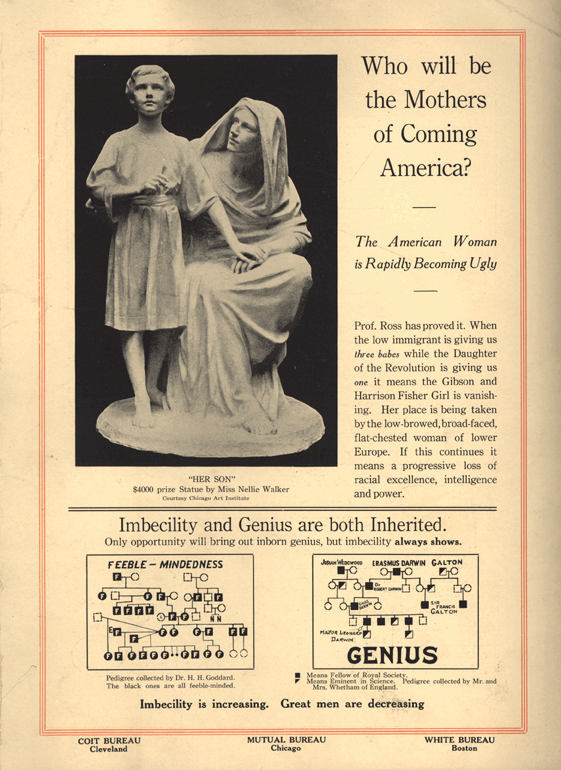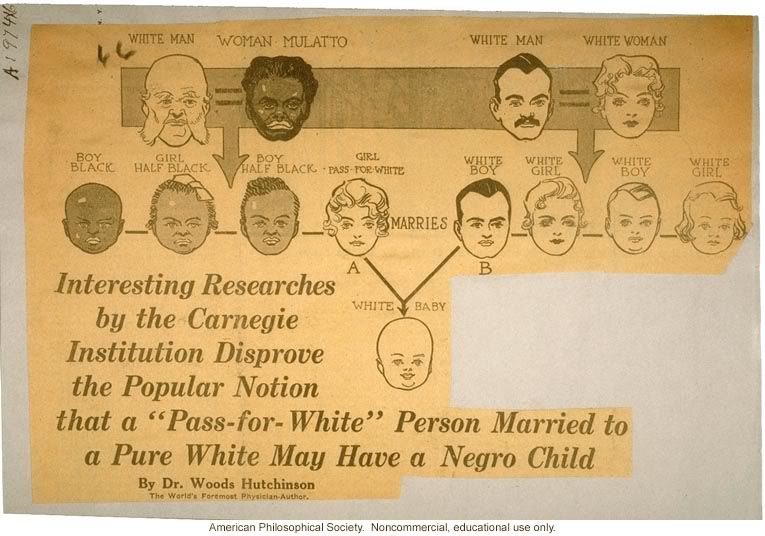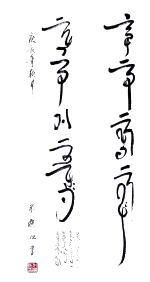I HAVE generally considered the nose as the foundation or abutment of the brain. Whoever is acquainted with the Gothic arch, will perfectly understand what I mean by this abutment: for upon this the whole power of the arch of the forehead rests, and without it the mouth and cheeks would be oppressed by miserable ruins.
A beautiful nose will never be found accompanying an ugly countenance. An ugly person may have fine eyes, but not a handsome nose. I meet with thousands of beautiful eyes before one such nose; and wherever I find the latter it denotes an extraordinary character. The following is requisite to the perfectly beautiful nose:
Its length should equal the length of the forehead. At the top should be a gentle indenting. Viewed in front, the back should be broad, and nearly parallel, yet above the centre something broader. The button or end of the nose must be neither hard nor fleshy, and its under outline must be remarkably definite, well delineated, neither pointed nor very broad. The sides seen in front must be well defined, and the descending nostrils gently shortened. Viewed in profile, the bottom of the nose should not have more than one-third of its length. The nostrils above must be pointed; below, round, and have in general a gentle curve, and be divided into two equal parts by the profile of the upper lip. The sides or arch of the nose must be a kind of wall above, it' must close well with the arch of the eye-bone, and near the eye must be at least half an inch in breadth. Such a nose is of more worth than a kingdom. There are, indeed, innumerable excellent men with defective noses, but their excellence is of a very different kind. I have seen the purest, most capable, and noblest persons, with small noses, and hollow in profile; but their worth most consisted in suffering, listening, learning, and enjoying the beautiful influences of imagination; provided the other parts of the form were well organized. Noses, on the contrary, which are arched near the forehead, are capable of command, can rule, act, overcome, and destroy. Rectilinear noses may be called the keystone between the two extremes. They equally act and suffer with power and tranquility.
Boerhaave, Socrates, Lairesse, had, more or less, ugly noses, and yet were great men ; but their character was that of gentleness and patience. I have never yet seen a nose with a broad back, whether arched or rectilinear, that did not appertain to an extraordinary man. We may examine thousands of countenances, and numbers of portraits of superior men, before we find such a one.
These noses were possessed, more or less, by Eaynal, Faustus Socinus, Swift, Caesar Borgia, Clepzecker, Anthony Pagi, John Charles von Enkenberg (a man of Herculean strength), Paul Sarpi, Peter de Medicis, Francis Caracci, Casini, Lucas van Leyden, Titian. There are also noses that are not broad backed, but small near the forehead, of extraordinary power; but their power is rather elastic and momentary than productive.
The Tartars generally have flat indented noses; the Negroes broad, and the Jews hawk noses. The noses of Englishmen are seldom pointed, but generally round. The Dutch, if we may judge from their portraits, seldom have handsome or significant noses. The nose of the Italian is large and energetic. The great men of France, in my opinion, have the Small nostrils are usually an indubitable sign of unenterprising timidity. The open breathing nostril is as certain a token of sensibility, which may easily degenerate into sensuality characteristic of their greatness generally in the nose: to prove which, examine the collection of portraits by Perrault and Morin.
..........................
PHYSIOGNOMY;
OR,
THE CORRESPONDING ANALOGY BETWEEN THE
CONFORMATION OF THE FEATURES
AND THE RULING PASSIONS OF THE MIND :
A COMPLETE EPITOME OF THE ORIGINAL WORK
or
J. G. LAVATER.
1866.
..........................


























![[Most Recent Quotes from www.kitco.com]](http://www.kitconet.com/images/quotes_special.gif)






Tidak ada komentar:
Posting Komentar